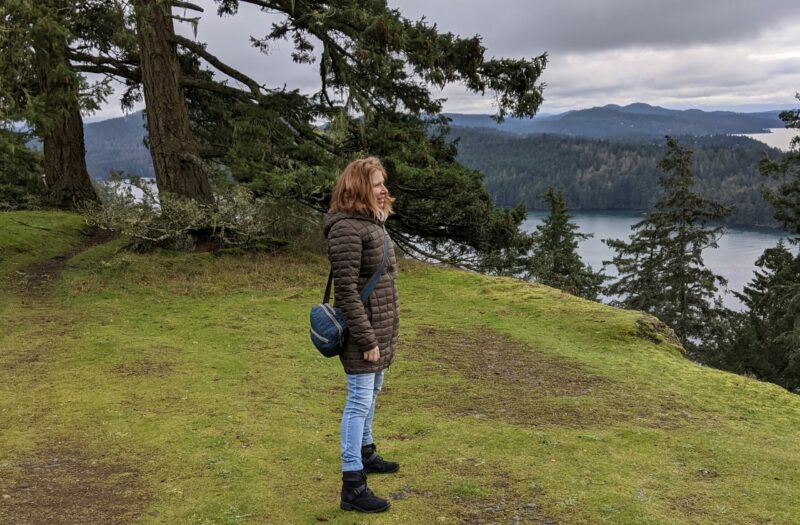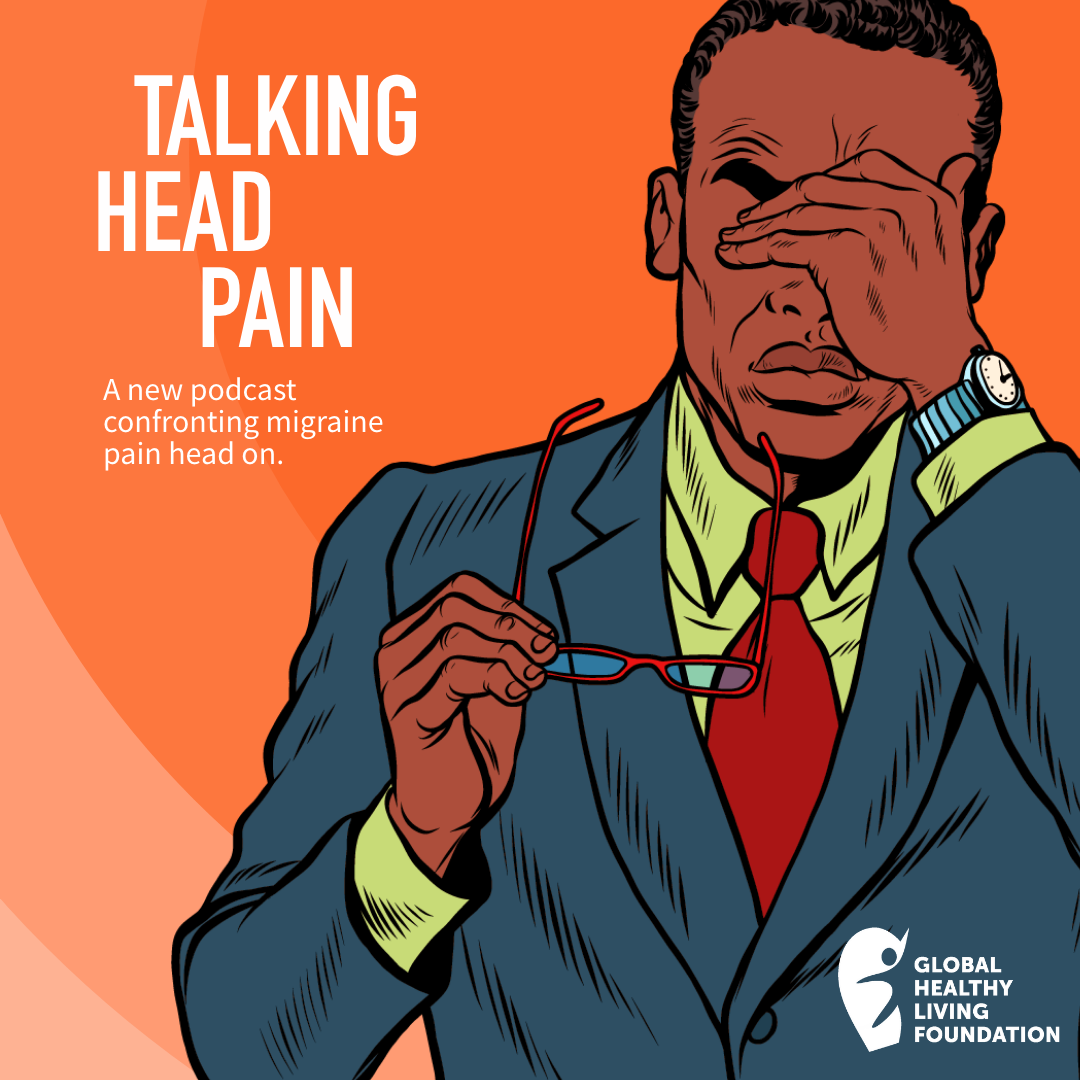The moon has different phases throughout the month, waxing and waning in a steady pattern every 30 days. A woman, too, has phases over the course of her life: maiden, mother, crone. We begin as maiden and when we come into womanhood, we graduate to mother. Some of us will bear children in this phase, and some of us — like myself — won’t, but we’ll all carry that gift of life in a monthly a visitor I like to call “Aunt Flow.”
Aunt Flow will follow the same pattern as our feminine moon for decades, waxing and waning every 30-or-so days, but unlike the predictable steadiness of the lunar cycle, our bodies and minds will shift into a different pattern as we move quietly into mid-life.
In mid-life, we have gained a certain wisdom and poise about certain things. Our minds are quieter; many things don’t seem as urgent anymore. We still learn and grow, but at a more serene pace that rivals the frenzied yearnings of our younger years.
And just when I was finally at ease knowing my place in the world, my body suddenly turned on me — and started acting like a surly teenager all over again.
Enter menopause.
Except this wasn’t the first time I experienced my body throwing me for a huge loop. That happened years ago, when I was diagnosed with rheumatoid arthritis (RA).
Menopause and Rheumatoid Arthritis: A Double Whammy
Menopause is a time when our bodies enter a new cycle, but it’s far from a graceful transition. It feels a bit like our hormones have embarked on an all-night drunken party. Dropping levels of estrogen and progesterone causes all sorts of mayhem: from sporadic menstrual cycles and slow metabolism to always feeling tired, moody, and muddled — like we’re constantly trying recover from a bad hangover — all while we dive headfirst into the disagreeable world of hot flashes and night sweats.
But having rheumatoid arthritis for years might have prepared me, somewhat, for coping with this period of uncertainty.
Menopause can bring with it all sorts of symptoms that are remarkably similar to what we experience with RA: sore joints, fatigue, digestive issues, sleep problems, weight gain, loss of bone density, and muscle wasting. Add to that cramps, heart palpitations, and headaches, and we have the perfect unpredictable biological storm.
Kind of like RA. Not only is it difficult to sometimes differentiate symptoms between the two, but menopause can also exacerbate the symptoms of RA. Between last summer’s unprecedented heat wave in Vancouver, my new raging menopausal hormones, and RA, it’s been a bit of a challenging year.
Taking Care of Your Body
RA is difficult enough without my hormones going off in a temper, so how can I manage both conditions when I can’t figure out which one is rearing its ugly head? My rheumatologist has mentioned how RA can flare during a woman’s cycle, noting that fluctuating hormones may play a role.
The good news is that many of the same healthy lifestyle habit that help me manage RA can also ease the symptoms of menopause.
Exercise (Especially Strength Training)
Paying attention to my body and taking an active role in caring for myself is essential as my body starts to change. With menopause and RA, my risk of osteoporosis increases, and I will start to lose bone density, so with the help of my physiotherapist I learned some extra strength exercises to add to my daily workout.
Exercise helps me manage the stiffness and pain of RA and helps reduce loss of muscle tone due to dropping estrogen levels. It also boosts my mood and confidence as I grow a little older and learn how to get comfortable in a new body once again.
Veggie-Packed Diet
I used to be one those lucky people who could eat anything they wanted and never gain a pound. But with the onset of menopause, combined with flares of RA, my metabolism is slowing down and there have been some changes to my digestive health.
Now I pay a little more attention to my diet, loading up on green veggies like kale and spinach, and make sure I add some fiber to keep my gut happy. Sticking to a healthy diet can help lower or prevent inflammation in the body.
More Water, Less Alcohol
Increasing my fluid intake restores electrolytes and helps me decrease bloating and abdominal cramps. I love my wine, but if I overindulge, I pay for it the next day in an either an RA flare or menopausal bloating, so I try to limit my alcohol and drink plenty of water.
Sleep
My sleep has never been what one would call normal. I’ve spent most of my life running on four to six hours a night. Pain from rheumatoid arthritis and hot flashes from menopause have disrupted my fragile sleep patterns even more than usual.
Reducing my screen time at least an hour or two before bed and doing a light yoga routine helps my mind and body unwind from the stress of the day. I also use sleep apps with certain sounds to mask my occasional bouts of tinnitus (ringing in the ears) which seemed to arrive just as my menstrual cycle started to change.
Wearing light clothes to bed, using cotton sheets to absorb moisture, and lowering the room temperature helps cool the heat from hot flashes and flares.
More Self-Care
I take hot baths to soothe aching joints and muscles, ice packs to reduce swelling, hot water bottles for bloating and cramps, and of course, a little bit of indulgent self-care with visits to the hair salon, the float spa and the occasional hot stone massage, goes a long way in helping me through the unpredictable nature of both RA and menopause.
When I asked my doctor if there was anything I could take to lessen the impact of menopause, she told me to call if I found that my hormones were making life unbearable, and we could discuss hormone replacement therapy. Otherwise, she assured me that most of the things happening in my body were typical, and conservative management is usually enough to cope.
Weathering the Temporary Storm
Unlike RA, though, menopause is a temporary condition. Most, if not all, of these symptoms will subside in time. There may be lingering symptoms that stick with us, but they’ll be gentle waves instead of rough seas.
It’s the natural course of life. Some of us accept it gracefully while others of us will fight it like a raging bull. Either way, we can’t avoid it, we can’t stop it — but just like our lunar cycle, I will find a way to balance the darkness and the light, as my body begins its transition into a new phase.
Stay in Touch with CreakyJoints Canada
Part of the nonprofit Global Healthy Living Foundation, CreakyJoints is a digital community for millions of arthritis patients and caregivers worldwide who seek education, support, advocacy, and patient-centered research. All of our programming and services are always provided free of charge. As we grow CreakyJoints Canada we want to hear from you. Please join our email list to stay connected, learn about new content and initiatives, and send us suggestions and ideas.






